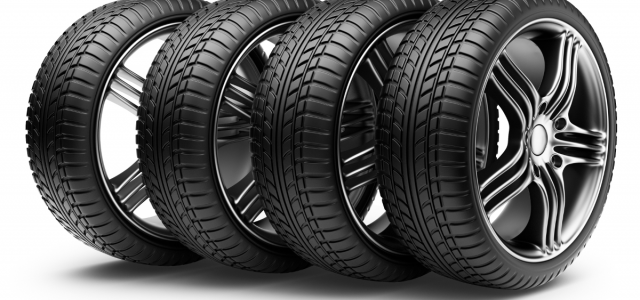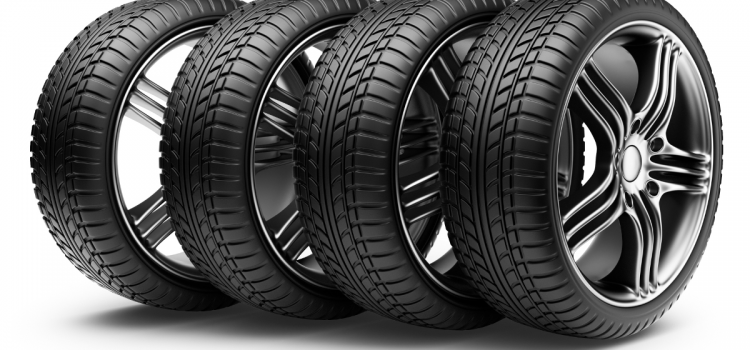

Even the prices of car tires have skyrocketed in recent times, forcing car owners to use older but still usable tires, instead of brand new tires. But how safe are old tires and how can you determine their actual age?
A Safe Tire is Very Important
Yes, old, but still functional tires can be used in your car. But how safe are they? Don’t be like a car owner who opted for a used tire instead of a brand new tire. While driving the car two weeks later, the tread suddenly separated from the tire, causing the vehicle to spin uncontrolled hitting an oncoming motorcycle. The bike driver was killed. When the tire was examined, it turned out that it was already more than 10 years old.
A Grave Misconception
It is commonly accepted that the tire’s tread depth is the gauge whether it is good or bad. However, it is not generally known that over time, the tire’s rubber compounds deteriorate, no matter how deep its tread is. Therefore, using an old tire is really a risky proposition.
Normal Physiology of a Car Tire
Generally, old tires should never be an issue if you will consider that the tread of a tire will normally wear out in three to four years. That is, if your driving range is from 12,000 to 15,000 miles a year.
However, if you drive your car only on weekends, that wouldn’t give you more than 6,000 miles per year. In such a case, using old tires should be one of your concerns. The same precaution goes with spare tires that are seldom used or even ‘new’ tires that were never used and one which you have just bought ‘off the shelf.’
A Simple Illustration
How can an unused tire be unsafe when it stayed too long on the shelf? This simple explanation from the president of Safety Research & Strategies, Sean Kane will tell you why.
“If you take a rubber band that’s been sitting around a long time and stretch it, you will start to see cracks in the rubber.” Kane’s company is into the analysis, research and advocacy on safety matters for its clients and the public.
The same thing happens to a car tire. It is inevitable that cracks will develop in the tire, even if it has never been used, due to the actions of the elements on the chemical components of the rubber through time.
Therefore, if you use a fresh tire that is actually already just sitting on the shelf for a long period, you are courting danger. It can contain minute cracks on its structure that you can’t see. And when you suddenly subject it to tremendous pressures on the road, it will give way in a short time.
There are tires that have “anti-ozinant” components integrated into the rubber materials which are designed to slow the tire’s aging process. But according to experts, in car tires, nothing can really stop the effects of aging on rubber substances.
How to Determine a Tire’s Age
You should never depend on a tire seller to really tell you the real age of the tire he is selling. It is best if you can ask an expert mechanic from Midas or Pep Boys to help you out.
But in the absence of that, here are some of the things that you can do.
1. Look at the numbers and letters on the sidewall of the tire.
These letters and figures are the Department of Transportation codes where you can determine the age of the tire you are buying. Tires which have four-digit DOT numbers are made after the year 2000.
The second two digits represent the year the tire was made. If the tire has a DOT code of 1210 that means the tire was made in the 12th week of 2010.
Tires with three digit DOT codes are bit harder to decipher. They were made before the year 2000. However, the third digit represent the year in the decade that the tire was made. But it is harder to tell what that decade is.
Tires with a triangle after the DOT code could have been made in the 1990s, although not all. Those without a triangle but have “328” on them could be made from the 32nd week of 1988 or even 1978.
2. Look at the numbers inside the tire.
There are tire manufacturers which imprint the date of production in the inner side of the tire. It is actually safer for the workers operating the tire mold to put the numbers inside the tires.
So, if there are no numbers and letters on the outer side wall of the tire, you may be able to see them inside the tire. If you don’t find anything, it will be safer if you will consider your other options.
